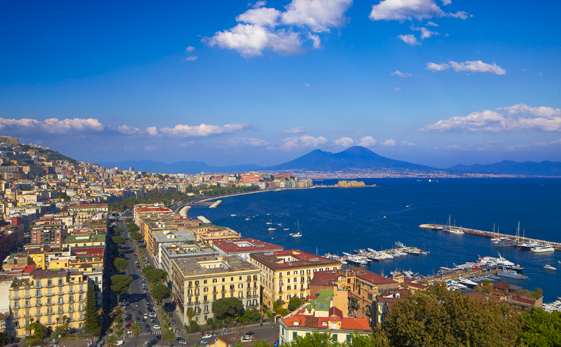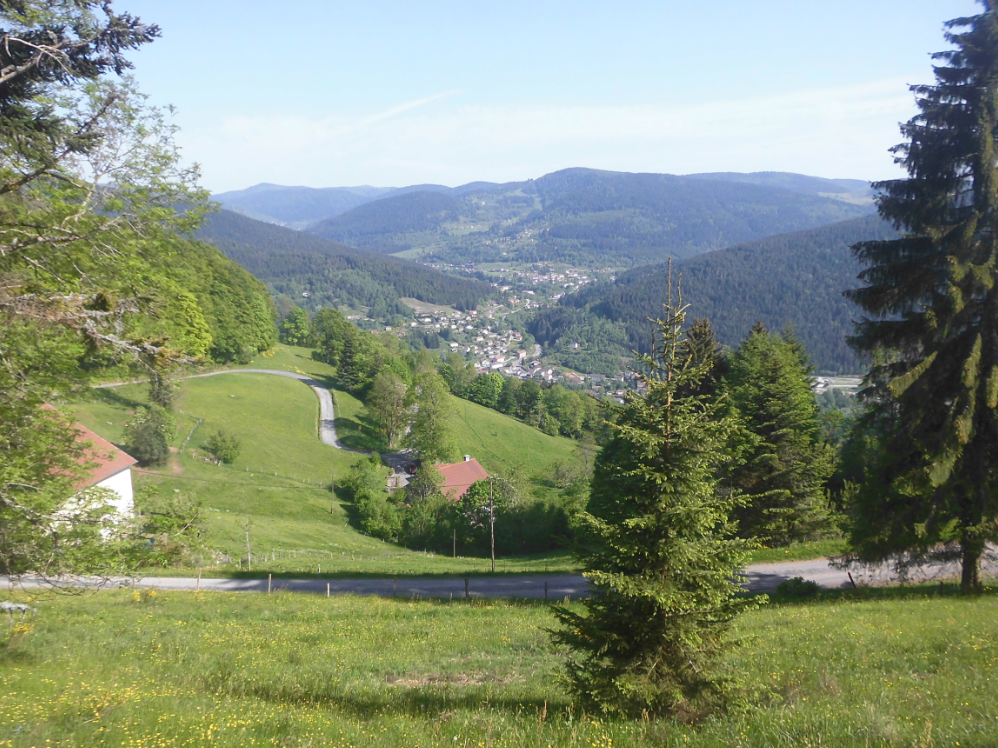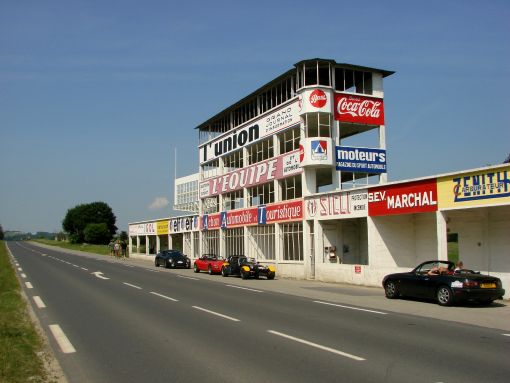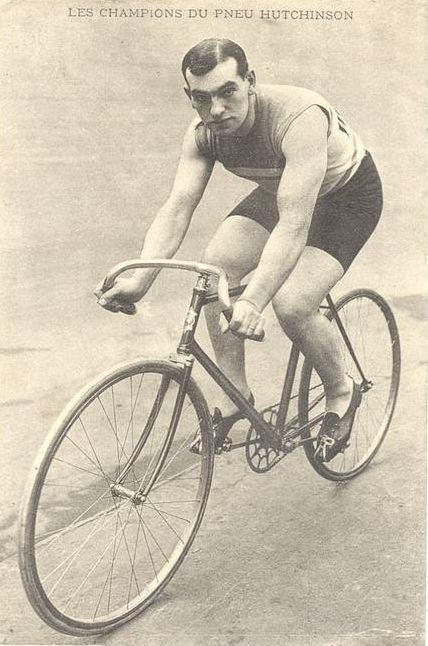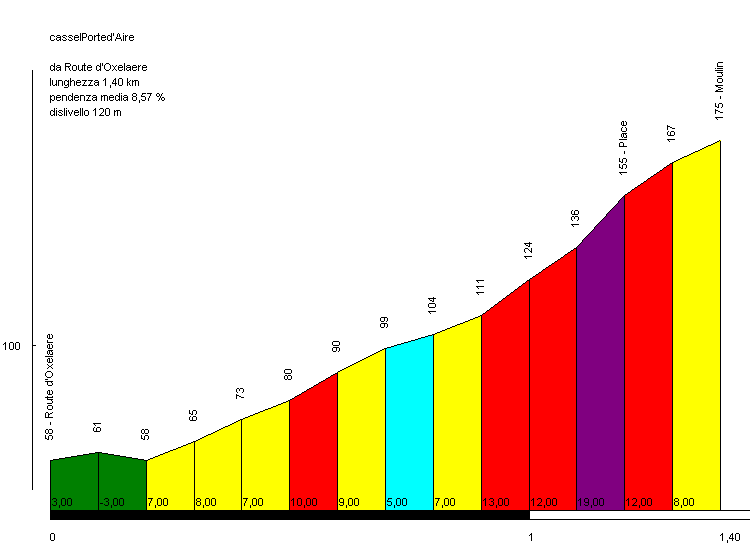Stage 18: Montbéliard - Gérardmer-La Mauselaine, 200km
GPM:
Ballon de Servance (cat.2) 9,0km @ 6,4%
Ballon d'Alsace (cat.1) 9,0km @ 6,9%
Col de Hundsruck (cat.3) 8,6km @ 4,0%
Le Grand Ballon (cat.1) 15,8km @ 6,2%
Col du Brabant (cat.3) 3,0km @ 8,6%
Col de Lauvy (cat.2) 4,5km @ 8,4%
Col des Hayes (cat.2) 6,0km @ 6,9%
Col de Grosse-Pierre (cat.3) 3,0km @ 7,5%
La Mauselaine (cat.3) 1,8km @ 10,3%
And so, back in France, it's the fifth stage with difficult climbing in a row, albeit straddling the rest day and that yesterday was relatively benign. However, this is the absolute final chance for the climbing-adept to make their moves, so today has got to count. And it's not a high mountain stage, so you'd better be willing to get creative. And it could see some vital action in the battle for the polka dots too, as after one stage in the Pyrenees, one in the Massif Central, two in the Alps and one in the Jura, it's time to finish the collection with one stage in the Vosges.
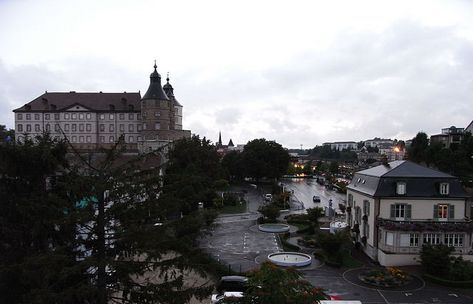
My last attempt at the Tour featured a stage transitioning between the Vosges and Alps that started in Sochaux, the home of PSA Peugeot-Citroën. That town is adjacent to and close to being subsumed by today's start town of Montbéliard, a key town between the Jura and Vosges and hence a popular town with traceurs. However, the last time the town hosted pro racing it was not the Tour but in fact the Tour de Romandie, which in 2012 featured a flat stage beginning in the town and returning to Switzerland nearby. Jonathan Hivert won the stage, for the record. The city's skyline is dominated by the Château de Montbéliard, a
monument historique which served as the house of the Dukes of Württemberg, a legacy of the city's - and county's - time linked to the Holy Roman Empire and, resultantly, the city is an unusual religious exclave in France where protestants (here Lutheranism) are at least nominally in the majority.
In a stage with no fewer than nine categorized climbs as we move from Franche-Comté into Lorraine via the Alsace, there is likely to be a good battle to get into the break of the day to begin with. After all, you'll see a real mixed bag here - there will undoubtedly be some strong stagehunters, but in addition to these you will have any non-GC GPM contenders with so many points available, quite likely some domestiques for the key riders' teams to give them people to ride across to or for weaker climbers to get an advantage so they can be of use later on, and potentially even some sprinters and classics men who just want to make it to Paris so want to get an advance on beating the time cut (after all, who could blame them?). As a result, the first rolling section could be blisteringly quick with all the riders trying to get away and also the maillot jaune's team trying to monitor who gets away. We're unlikely to see a L'Aquila 2010 stage at this point in the race even if they do lose control (there's still too much GC action remaining for a Destilerías DYC 1985 stage too) but the race leader will be wary of the possibility of long distance ambushes if a contender gets too many men up the road. These climbs aren't the toughest in the Tour, they aren't the longest, the steepest or the highest altitude. But they will certainly have a cumulative effect, and they'll look rather nice on camera too.
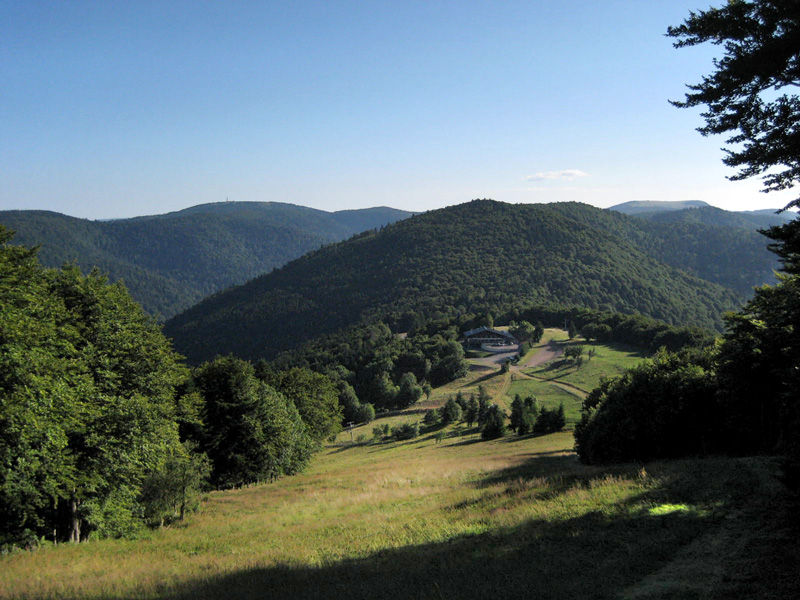
First up is the cat.2 Ballon de Servance. At 9km at just over 6% it's a pretty reasonable ascent, albeit a long way from the finish. It's surprisingly only been ascended once by Le Tour, in 1988, when Robert Millar was first to its summit mid-stage in the Belfort-Besançon stage won by Jean-Paul van Poppel. It would lead in from its opposite side well to Planche des Belles Filles, however the shorter, steeper Côte des Chevrères is preferred at present. It begins with some false flat and includes
a steeper ramp mid-way but should be plenty enough for the riders to start to warm their diesels. The next climb is only marginally more difficult, but owing to its historical value is granted cat.1 status. The
Ballon d'Alsace was climbed all the way back in 1905 and is often considered the first mountain ever scaled in the Tour (although there are others who claim the crown, most notably the Col de la République, as the first pass of >1000m). The climb was a stalwart of the early days of the Tour, included every year from 1905 to 1914 and several times in the 1930s (it was one of the climbs won in the first ever Tour KOM competition, by Vicente Trueba), however in the post war era, it has become increasingly marginalized as a decisive climb. We haven't seen it since 2005, when it was included as a sop to tradition marking a century since its first climb, and was won by Michael Rasmussen. The picturesque summit includes Nordic skiing facilities, which of course I had to mention.

The descent from here takes us to the two-stepped Col de Hundsruck, a low-lying pass on the southeastern tip of the range, which has only been seen twice by Le Tour, in 1972 when Portuguese great Joaquim Agostinho crested it first, and 25 years later when Didier Rous took the points in a transitional stage to Montbéliard. This leads us to the last real mountain of the race, the grand daddy of the Vosges, one of France's toughest climbs outside of the Alps and Pyrenées, the Grand Ballon. Obviously there are about 374 ways to reach the summit here and not all are as tough as others, but here we're climbing the second toughest (the toughest is from Moosch), from Wilier-sur-Thur.

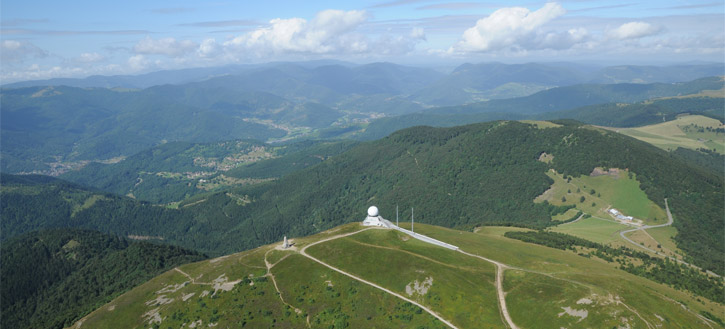
Keeping a watchful eye over its domain, the summit of the Grand Ballon is the highest point in the Alsace, and on a clear day you can see all the way down to the Bernese Alps from the observation tower. The climb from this side is nearly 16km long at 6% that gradually steepens, with the final 6,5km from the Col Amic to the summit being at just under 8% average and even
including some pavé. Considering it's just about the toughest climb in northern France, however, surprisingly the climb has only been ascended six times in the history of the Tour de France; not only that, but only once - in the sorely lacking 1992 route that I've referenced so many times in this design - has it been climbed from one of the three tough cat.1 sides (the Moosch side could even debatably be considered HC), when the at-that-time-past-his-prime Laurent Fignon won both the climb and the stage. Apart from that it's been mid-stage transitional climb status, such as in
2005 and
2014 where it's effectively been a puncheur climb off the back of a different ascent onto the Route des Crêtes. Tony Martin was the last man over the summit, in the midst of that lengthy breakaway solo in 2014 that also allowed his namesake Tony Gallopin to borrow Nibali's maillot jaune for a day. The crest of this, the final cat.1 climb of my Tour de France, is 77km from the line, so anybody who's feeling mega daring had better have some help, as there's no respite at the end, for there is no descent just yet.
Instead, we then spend some time heading along the picturesque Route des Crêtes (above), a legendary ribbon road through the Vosges that spends much of its time on high plateau offering incredible panoramic views. We also pass another site known to fans, the wintersports station at
Le Markstein on the way, contesting the intermediate sprint at 68km to go. When this rolling terrain ends and the road heads downhill to take us away from the volcanic ridge, however, there are just under 60km remaining, and not a single one of them is flat. This is going to be a monster stage to control, because keeping your men fresh for a stage like this should be a nightmare off the back of two tough mountain stages (but it's why I suspect the La Chaux-de-Fonds stage may be quite benign). We arrive in the small town of La Bresse, home of former Olympic biathlon champion
Véronique Claudel, which is very close to Gérardmer, as those who followed the 2014 race will know; it sits at the foot of the Col de Grosse-Pierre, which was the penultimate climb in that stage. However, we have a much more complex finale than that planned, as instead we loop to the south for the short but steep
Col du Brabant, just 3km long but at over 8,5% average with several steeper ramps. This short climb crests at 42km from home, so maybe a little too far for most to consider going from, but with a technical descent and little chance for domestiques to chase back on, as well as the many tired legs in the bunch this deep into week 3, it offers a little tempter.
Far more tempting is the Col de Lauvy (sometimes known as the Col de Lauwy following the previous German identity of the region). Another climb unknown to the Tour de France (!) it has some extremely inconsistent ramps and a steepest kilometre at 11,5%; if riders have significant time to make up - or if more one-dimensional climbers have a very slender advantage over stronger all-round riders - then this should be where they go; it crests at 32km remaining - with the steepest part 2/3 the way up - and is the steepest climb of the day in terms of ramps, if slightly shallower than Brabant in terms of overall gradient.
Descending the
more consistent western side of Lauvy takes us immediately onto another cat.2 climb, the
Col des Hayes. As you can see there, near the summit there's a road to the Col de Lauvy that we could have taken to cut the corner off, but that would be cheating. This climb begins with 2km at 8,5% but then eases off in the middle before ramping back up again; cresting just over 21km from the line, again, you have options. Especially if there are still men up the road from earlier moves. Riders should, realistically, be strewn all over the place by now. There's been no rest to precede this, two mountain stages instead, there's precious little flat and we're deep in week 3 and in last chance saloon for many riders.
From here, we join the excellent early medium mountain stage from the 2014 Tour, the
Le Mauselaine stage which was
won solo by Blel Kadri while behind
Contador and Nibali picked up a few seconds on the final ramps. We actually join that stage just before the summit of the third climb from home, the Col de la Croix des Moinats, however the part we climb is essentially 1,6km @ just over 4% and nothing serious. The descent then takes us back into La Bresse - although we are on the opposite side of the river here and do not cross over the previous route - for the penultimate climb, a steeper and tougher side of the Col de Grosse-Pierre than had previously been known. Like Croix des Moinats, it was introduced to the Tour for the first time in that 2014 stage, but with
a max of 16% and a km at 11,3% in the middle, cresting at just over 10km from the line it's a final roll of the dice for those unwilling to wait.
If they do wait, of course, they will find themselves riding down into the premier wintersports town in the Vosges mountains, Gérardmer. A lakeside town of 8.500 inhabitants, it is accessed from the Col des Grosse-Pierre via the network of nordic trails at Les-Bas-Rupts that incorporate a number of nearby stations, and is the hometown of a number of wintersport athletes, most prominent at the moment being the Nordic Combined pro
Maxime Laheurte. Owing to its range of facilities it is easy to see as a Tour host, perhaps as it has hosted the race on several occasions in the past, most recently in 2014 of course but before that hosting a stage finish
in 2005 in a long transitional stage, off the back of the descent from the Col de la Schlucht.
So, last thing's last: what we can expect to be the final decisive climb of Le Tour, the short, puncheur-friendly climb up to the Alpine ski station at La Mauselaine. Opening up with its toughest ramps, this climb was introduced to Le Tour in 2014, and served as a great introduction to the mountains in the stage referenced above.
You can see Kadri suffering up the final kilometre
here. Now, you just have to imagine that suffering done with 200km of relentless climbing in your legs, off the back of two and a half weeks of difficult racing, following two consecutive mountain stages, and realise this stage could tear things apart worse than that 2013 Tirreno-Adriatico stage.
The climbing is more or less over now, so really, this should have been utter carnage,
or else.




